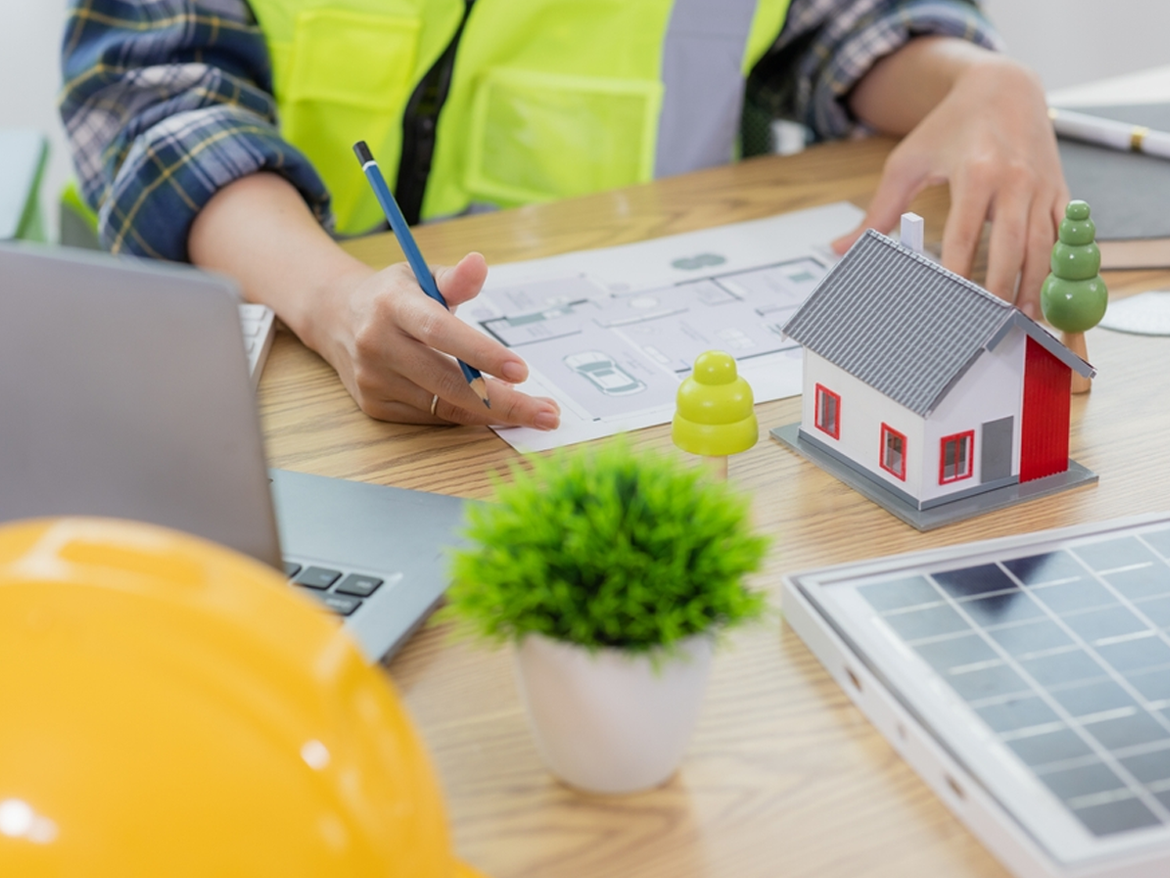Building a house has never been an easy task. It involves the use of different construction techniques and materials that aim to provide durability, comfort, and aesthetic appeal. Over the years, construction methods have continued to evolve, giving rise to innovative approaches that are simply amazing. From homes that are printed using a 3D printer to houses made from recycled materials, there is no doubt that these new techniques have revolutionized the home construction industry. In this blog post, we explore ten of the most innovative home construction techniques that will leave you amazed and inspired.
Table of Contents
- Prefabrication
- 3D Printing Passive solar design
- Earth ship construction
- Green Roofs
- Smart Home Technology
- Structural insulated panels
- Hempcrete building
- Air Crete construction
- Cross-laminated timber construction
Prefabrication
Prefabrication is a construction technique that involves assembling building components in a factory or off-site location, then transporting them to the building site for final installation. This innovative method has been gaining popularity in recent years due to its numerous benefits, including speedier construction, lower costs, and reduced waste. With prefabrication, builders can take advantage of factory precision and technology to produce building components to exact specifications, ensuring a more accurate and consistent end product. Moreover, because prefabricated components are manufactured in a controlled environment, the construction process is less dependent on weather conditions, further reducing the potential for delays.
The use of prefabrication has expanded beyond the construction of residential buildings and is now used in a variety of building types, from hotels and apartment buildings to schools and hospitals.
One example of prefabrication in action is modular housing. Modular homes are constructed in sections or modules that can be easily transported and assembled on-site. These homes can range from single-family dwellings to large multi-story complexes.
Another example of prefabrication in action is precast concrete panels. These panels can be used for exterior walls, flooring, and other structural elements. Precast panels can be cast to a variety of shapes and sizes, and can even be treated with specialized coatings to improve insulation and durability.
Overall, prefabrication offers a range of benefits for both builders and homeowners. As the technology continues to improve, it will undoubtedly become an increasingly popular construction method in the future.
3D Printing
One of the most innovative home construction techniques to emerge in recent years is 3D printing. Using this technology, it’s now possible to print entire houses from scratch, often in just a matter of days.
3D printing works by layering materials on top of each other to create a three-dimensional object. In the context of home construction, this means using a giant 3D printer to print entire walls and floors, which are then assembled into a complete home.
The advantages of 3D printing are numerous. First and foremost, it’s incredibly fast and efficient. By printing walls and floors instead of building them piece by piece, construction time can be greatly reduced. Additionally, 3D printing allows for much greater design flexibility, as architects can easily create intricate shapes and curves that would be difficult or impossible to achieve with traditional building methods.
But perhaps most exciting of all is the potential for cost savings. Because 3D printing requires less labor and fewer materials than traditional building methods, it’s possible to build homes at a fraction of the cost. This makes the technology especially appealing for affordable housing projects and disaster relief efforts.
Despite its promise, 3D printing is still a relatively new technology in the world of home construction, and there are certainly challenges that need to be overcome. But as the technology continues to evolve and improve, it’s clear that 3D printing has the potential to revolutionize the way we build homes.

